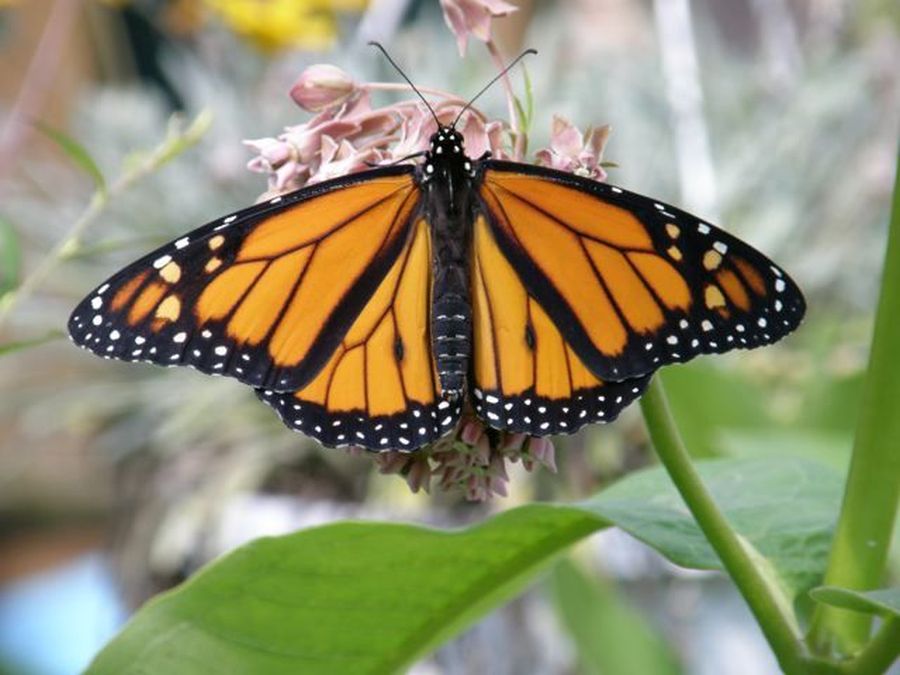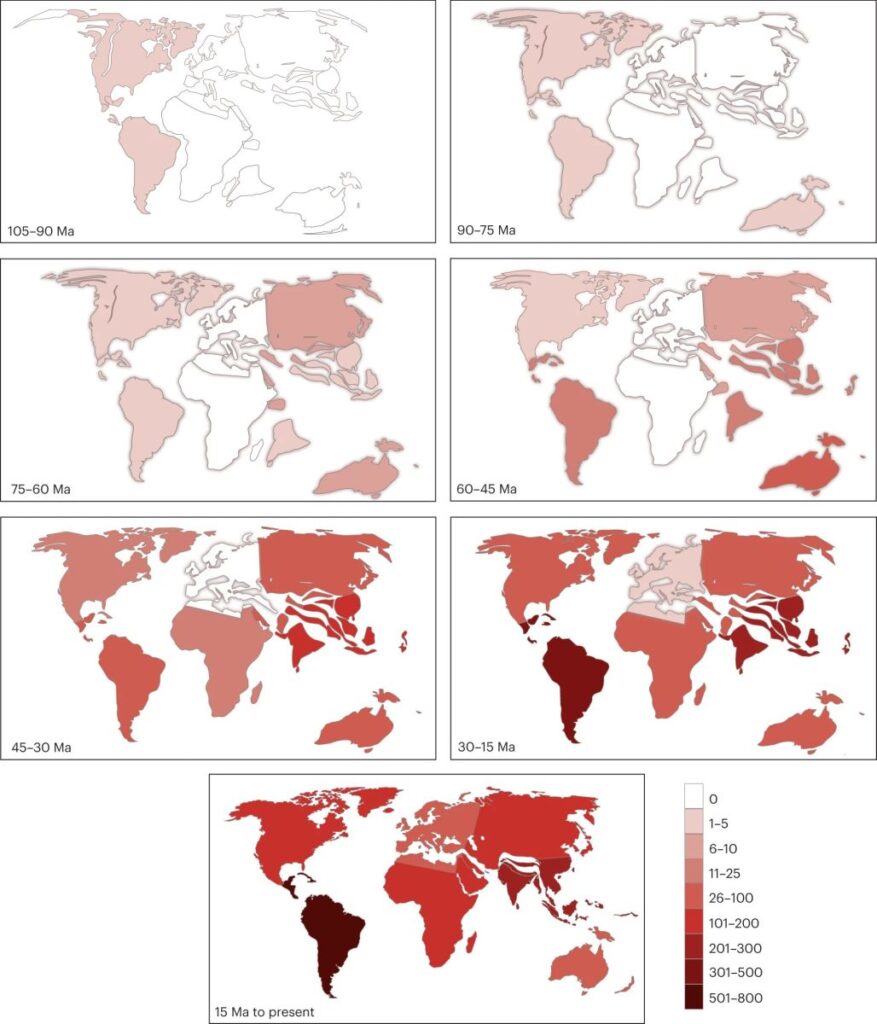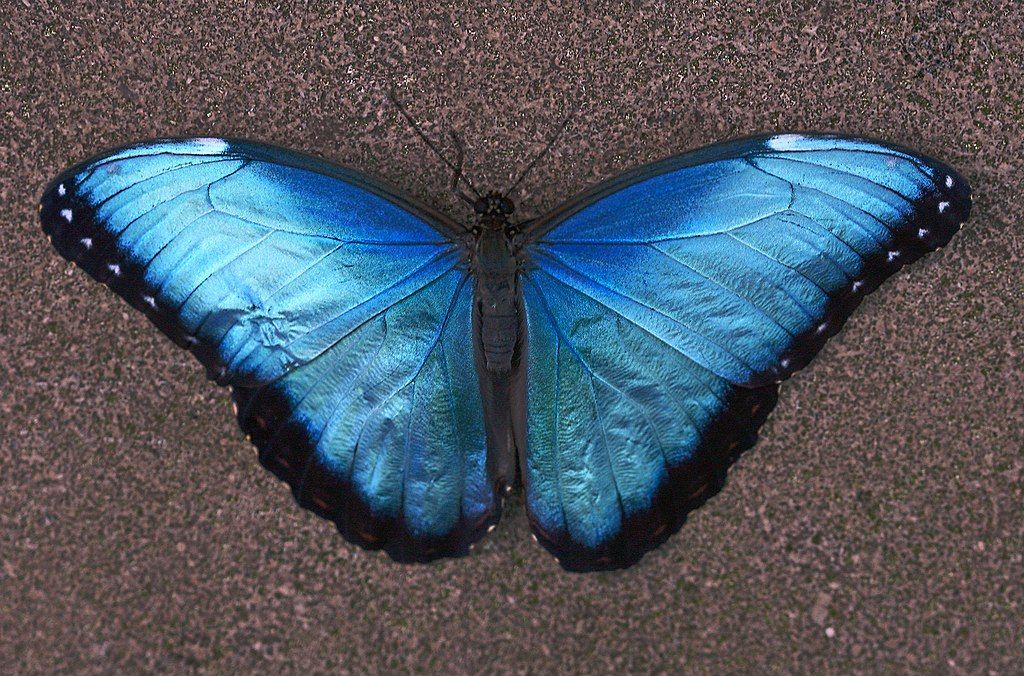
22 May 2023
Where did butterflies come from?
The question first intrigued Akito Kawahara when he was eight years old and became his lifelong pursuit. This month he and his team published the answer in Nature: A global phylogeny of butterflies reveals their evolutionary history, ancestral hosts and biogeographic origins.
Butterflies first evolved from moths when they began feeding on the nectar of new species of flowering plants usually available during the day. That shift allowed these insects to shed their earth tones in favor of the riot of colors they’re known for today, which often act to attract mates or warn predators that they’re poisonous.
— WESA-FM: Butterflies originated in North America after splitting from moths, new study suggests
The butterfly-moth connection makes sense but the place where it happened is a surprise. Scientists used to think butterflies originated in Asia, but Kawahara’s study shows they evolved 100 million years ago in western North America or Central America and then dispersed throughout the world.
The maps below show their dispersal and species counts over time (darkest colors are the highest number). Starting 100 million years ago in the Americas, butterflies first jumped to Australia and from there to Asia, Africa, and finally Europe.

Today the greatest biodiversity of butterflies is in Central and South America where this blue morpho is found.

Listen to the audio article or read more about the study at WESA-FM: Butterflies originated in North America after splitting from moths, new study suggests.
BONUS: So how do you tell a moth from a butterfly? Check out the answer here:
(photos by Marcy Cunkelman and from Wikimedia Commons, map from Nature: A global phylogeny of butterflies reveals their evolutionary history, ancestral hosts and biogeographic origins)